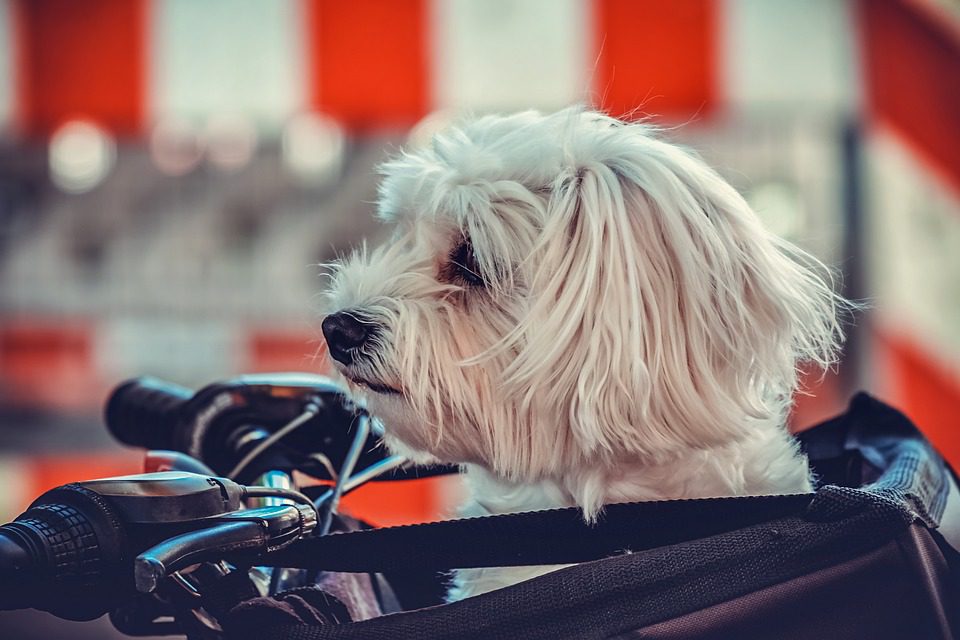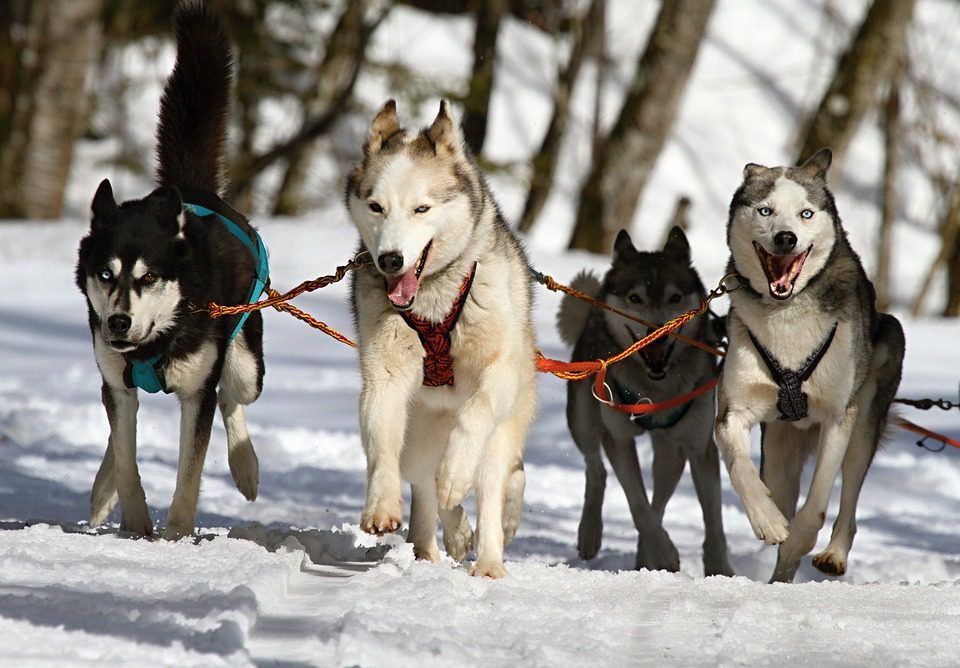Parvo is a highly contagious virus that affects dogs and puppies. It is spread easily through contact with an infected dog or their stool and can cause severe illness, so it is important to be aware of the early signs of parvo in a dog. The most common symptoms of parvo include vomiting, diarrhoea, lethargy, loss of appetite, and dehydration. If you suspect your dog might have parvo, it is important to take them to the vet as soon as possible for diagnosis and treatment. Knowing the first signs of parvo in a dog can help you catch and treat the virus quickly.
What is Parvo?
Table of Contents
Parvo is a highly contagious virus that affects dogs and is found worldwide. It is a serious and potentially deadly disease that can affect any dog, regardless of breed, sex, or age. Although the virus is most often seen in puppies, older dogs are also susceptible.
What Causes Parvo?
The virus that causes parvo is called canine parvovirus type 2 (CPV-2). It is spread through contact with infected feces, either through direct contact or through contact with contaminated surfaces or objects. It can also be spread through the air, and dogs can be infected without coming into direct contact with an infected animal.
What Are the Symptoms of Parvo?
The first signs of parvo in a dog can vary, but the most common symptoms are vomiting and diarrhea, often with blood. Other symptoms can include lethargy, loss of appetite, fever, and dehydration. In some cases, a dog may also develop a cough, runny nose, or difficulty breathing.
What Should I Do If I Suspect My Dog Has Parvo?
If you suspect your dog has parvo, it is important to see a veterinarian right away. Early diagnosis and treatment are key to successful recovery. Your vet will be able to diagnose your dog through blood tests and x-rays. Treatment usually involves supportive care such as intravenous fluids, antibiotics, and medications to help control vomiting and diarrhea.
How Can I Prevent Parvo?
The best way to prevent parvo is to make sure your dog is up to date on their vaccinations. Vaccinating your dog is the only sure way to protect them from parvo. It is also important to keep your dog away from areas where other dogs may have been, such as dog parks or areas where strays congregate. Finally, keep your dog away from other dogs that may be infected, as the virus can spread quickly.
Conclusion
Parvo is a serious and potentially deadly virus that can affect any dog, regardless of breed, sex, or age. The first signs of parvo in a dog can vary, but the most common symptoms are vomiting and diarrhea, often with blood. Early diagnosis and treatment are key to successful recovery, and the best way to prevent parvo is to make sure your dog is up to date on their vaccinations.
Common Myths about Parvo in Dogs
Myth 1: Parvovirus only affects puppies.
Fact: While puppies are more susceptible to the virus, adult dogs can also get parvo.
Myth 2: All dogs need to be vaccinated for parvo.
Fact: Vaccines are not 100% effective and not all dogs require parvo vaccinations. Talk to your vet about the best plan for your dog.
Myth 3: Parvo can be cured with antibiotics.
Fact: Parvovirus is a viral infection and cannot be treated with antibiotics. Treatment involves supportive care such as fluids, medications, and nutrition.
Myth 4: Dogs with parvo won’t show any symptoms.
Fact: The first signs of parvo in dogs include vomiting, diarrhea, loss of appetite, and lethargy. If your dog is showing any of these signs, contact your vet immediately.
Frequently Asked Questions
What are the first signs of parvo in a dog?
Answer: The first signs of parvo in a dog are loss of appetite, vomiting, fever, and lethargy.
What can be done to prevent parvo in dogs?
Answer: The best way to prevent parvo in dogs is to make sure they are up to date on their vaccinations. It is also important to keep your pet away from other animals that may be carrying the virus and to limit their exposure to areas that may be contaminated with the virus.
Conclusion
such as avoiding contact with infected dogs and areas where strays congregate and being sure to vaccinate your dog.





